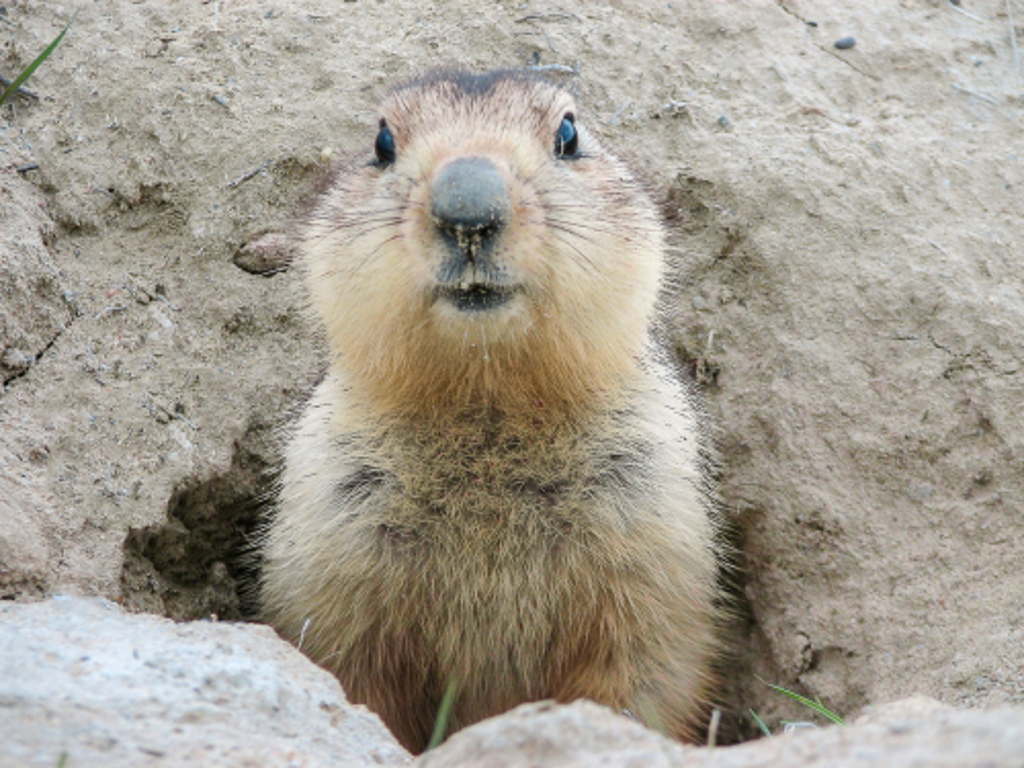Canada’s furriest meteorologists have officially spoken: spring is coming early.
On the morning of Feb. 2, groundhogs all across the country are said to have predicted this year’s transition from winter to spring.
The holiday, known as Groundhog Day, stems from a centuries-old tradition of animals predicting the weather, beginning with badgers coming out of hibernation in Germany. The badger transitioned to the groundhog when German-speaking immigrants came to America, with the earliest American instance of such an event recorded in a diary in 1840.
The conditions are simple: if the freshly awakened groundhog sees its shadow, it will go back into hibernation and winter will continue for six more weeks; if it does not, spring will be coming early.
This year, six well-known Canadian groundhogs were divided on their predictions.
The first groundhog to break ground, so to speak, was Nova Scotia’s Shubenacadie Sam. Her enclosure was opened to an excited crowd at 8 a.m local time, but Sam took her sweet time, not coming out for another five minutes despite being urged to “come on, woodchuck!” by an onlooking youth. When she did appear, Sam quickly ran into the trees, letting everyone know her vision of an early spring.
Wiarton Willie, Ontario’s resident albino woodchuck, communicated to the mayor of South Bruce Peninsula in “Groundhogese” that spring was coming early. In 2021, the fourth and then-Wiarton Willie unfortunately passed away. In 2022, a brown-haired replacement was found, but he was replaced by another white-haired groundhog in 2023, the same one that gave the sunny prediction this year.
Similarly, Quebec’s weathercaster Fred la Marmotte was shockingly found dead before last year’s celebration, only to be replaced by a child from the crowd with a stuffed toy groundhog. This year was brighter all around, with Fred’s successor, Fred Junior, declaring that an early spring was on its way.
Not every animal had such a positive outlook on the coming weather. Nova Scotia’s other Groundhog Day meteorologist is not a groundhog, but a lobster. Lucy the Lobster, from Barrington Passage, saw her own shadow, thus predicting another six weeks of winter.
Another of Canada’s non-groundhog groundhogs, the mascot Balzac Billy, similarly predicted that spring is not coming anytime soon. The announcement came at 8:15 a.m local time, after the 7 a.m annual breakfast as per Balzac’s Groundhog Day festivities.
The last of these Canadian ‘groundhogs’ predicting six more weeks of winter was Manitoba Merv, a puppet starting out as an actor in children’s puppet shows at Oak Hammock Marsh Interpretive Centre. Fans of spring may be upset to hear that of all these groundhogs, Merv has been the most accurate since 2000, with a 73 per cent success rate.
Of these six groundhogs, there is a tie between whether it will be a late or an early spring. However, Canada’s nearest groundhog neighbour, Punxsutawney Phil from Pennsylvania, broke the tie by declaring a swift end to winter. Whether or not these furry friends’ predictions come true, spring is on its way. The recent mild weather in St. Catharines supports the groundhogs’ consensus, but whether it will stick remains to be seen.

